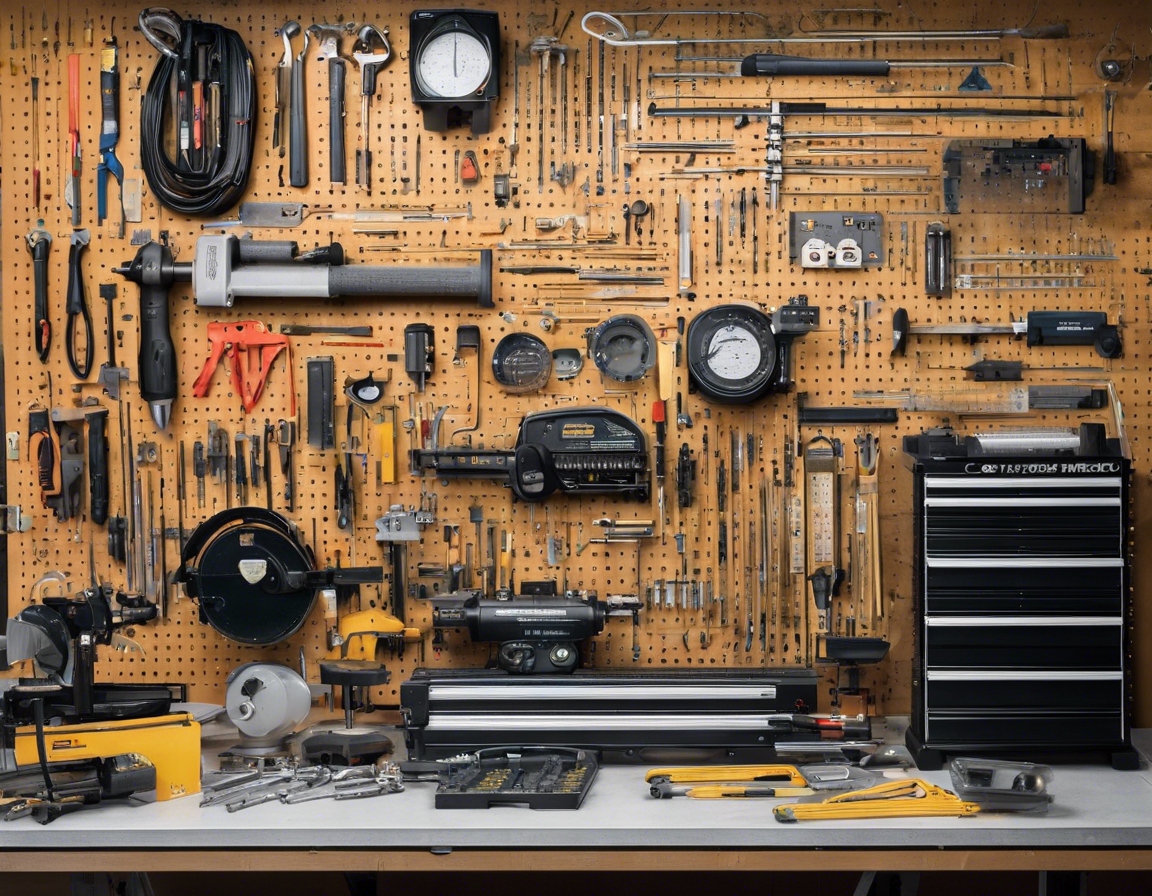The future of electrical cabinets in industrial applications
Electrical cabinets are pivotal components in industrial settings, serving as the central hub for housing electrical equipment, protecting them from environmental hazards, and ensuring operational efficiency. As industries evolve, so do the demands on these essential structures, necessitating advancements in design, functionality, and sustainability.
Current Trends in Electrical Cabinet Design and Usage
Safety remains a top priority in industrial applications, with electrical cabinets being no exception. Modern designs incorporate advanced safety features to comply with stringent industry standards, ensuring the protection of both equipment and personnel.
The integration of smart technologies into electrical cabinets is revolutionizing industrial operations. These cabinets now often include sensors and monitoring systems that provide real-time data, enhancing operational efficiency and predictive maintenance capabilities.
Industries demand flexibility, and modular electrical cabinets offer just that. These designs allow for easy customization and scalability, enabling businesses to adapt quickly to changing operational needs without significant downtime or cost.
The Role of Sustainability in Electrical Cabinet Manufacturing
As sustainability becomes a critical concern, manufacturers are increasingly using eco-friendly materials in the production of electrical cabinets. This shift not only reduces environmental impact but also aligns with the growing demand for sustainable industrial solutions.
Energy-efficient electrical cabinets contribute to a reduced carbon footprint, a crucial factor for industries aiming to meet environmental regulations and corporate sustainability goals. Innovations in design and materials are key to achieving these efficiencies.
Innovations Shaping the Future of Electrical Cabinets
With the increasing complexity of industrial operations, advanced cooling systems in electrical cabinets are essential to maintain optimal performance and prevent overheating, thereby extending the lifespan of the housed equipment.
IoT integration is transforming electrical cabinets into smart hubs capable of seamless communication with other industrial systems. This connectivity facilitates improved data collection and analysis, driving smarter decision-making processes.
Predictive maintenance, powered by AI, is becoming a standard feature in modern electrical cabinets. By analyzing data trends, these systems can predict potential failures, allowing for proactive maintenance and minimizing unexpected downtime.
Challenges and Opportunities in the Evolving Market
As electrical cabinets become more connected, cybersecurity becomes a critical concern. Protecting sensitive data and ensuring the integrity of industrial operations are paramount, requiring robust security measures and protocols.
The diverse needs of various industries present both challenges and opportunities for electrical cabinet manufacturers. Custom solutions tailored to specific industry requirements can provide a competitive edge in the market.
Regulatory changes can impact the design and functionality of electrical cabinets. Staying ahead of these changes and ensuring compliance is essential for manufacturers to maintain market relevance and customer trust.







Comments (0)